
BNT
Bancor价格
$0.55210
+$0.0041000
(+0.74%)
过去 24 小时的价格变化

您认为 BNT 今天会涨还是会跌?
您可以点赞或点踩来表达对该币种今日涨跌的预测
投票并查看结果
免责声明
本页面的社交内容 (包括由 LunarCrush 提供支持的推文和社交统计数据) 均来自第三方,并按“原样”提供,仅供参考。本文内容不代表对任何数字货币或投资的认可或推荐,也未获得欧易授权或撰写,也不代表我们的观点。我们不保证所显示的用户生成内容的准确性或可靠性。本文不应被解释为财务或投资建议。在做出投资决策之前,评估您的投资经验、财务状况、投资目标和风险承受能力并咨询独立财务顾问至关重要。过去的表现并不代表未来的结果。您的投资价值可能会波动,您可能无法收回您投资的金额。您对自己的投资选择自行承担全部责任,我们对因使用本信息而造成的任何损失或损害不承担任何责任。提供外部网站链接是为了用户方便,并不意味着对其内容的认可或控制。
请参阅我们的 使用条款 和 风险警告,了解更多详情。通过使用第三方网站(“第三方网站”),您同意对第三方网站的任何使用均受第三方网站条款的约束和管辖。除非书面明确说明,否则欧易及其关联方(“OKX”)与第三方网站的所有者或运营商没有任何关联。您同意欧易对您使用第三方网站而产生的任何损失、损害和任何其他后果不承担任何责任。请注意,使用第三方网站可能会导致您的资产损失或贬值。本产品可能无法在所有司法管辖区提供或适用。
请参阅我们的 使用条款 和 风险警告,了解更多详情。通过使用第三方网站(“第三方网站”),您同意对第三方网站的任何使用均受第三方网站条款的约束和管辖。除非书面明确说明,否则欧易及其关联方(“OKX”)与第三方网站的所有者或运营商没有任何关联。您同意欧易对您使用第三方网站而产生的任何损失、损害和任何其他后果不承担任何责任。请注意,使用第三方网站可能会导致您的资产损失或贬值。本产品可能无法在所有司法管辖区提供或适用。
Bancor 市场信息
市值
市值是通过流通总应量与最新价格相乘进行计算。市值 = 当前流通量 × 最新价
流通总量
目前该代币在市场流通的数量
市值排行
该资产的市值排名
历史最高价
该代币在交易历史中的最高价格
历史最低价
该代币在交易历史中的最低价格
24 小时最高
$0.55390
24 小时最低
$0.51760
历史最高价
$10.9800
-94.98% (-$10.4279)
最后更新日期:2018年1月12日 (UTC+8)
历史最低价
$0.10800
+411.20% (+$0.44410)
最后更新日期:2020年3月13日 (UTC+8)
Bancor 动态资讯
以下内容源自 。
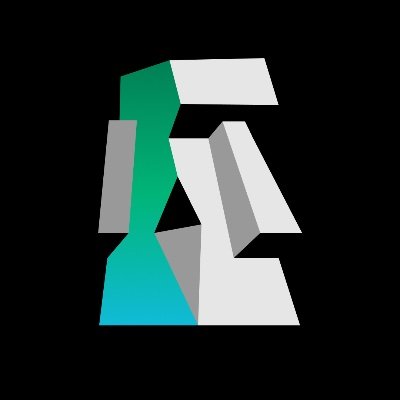
Carbon DeFi 已转发

Bancor
💥 3个月,@SeiNetwork上打破了5项记录!
Arb Fast Lane刚刚交付了连续第三个月的创纪录表现——而且没有放缓的迹象。
🎉 3月是一个突破——Arb Fast Lane在交易数量和燃气消耗上都达到了历史新高。
但这只是个开始。
🏆 4月,它再次打破了这两个记录。
在5月,它更进一步——达到了迄今为止最高的交易数量。
📊 这里是详细数据:
3月
• 169,515笔交易(新高)
• ~81B燃气(新高)
4月
• 204,888笔交易(新高)
• ~92B燃气(新高)
5月
• 217,392笔交易(新高)
• ~82B燃气(历史第二高)
在短短3个月内,这就是5项历史记录。
---
⚡️ Arb Fast Lane是Bancor的套利基础设施——一个精确构建的系统,能够:
• 聚合链上流动性
• 智能地在各个场所路由交易
• 在去中心化交易所之间强制价格平价
🗿 它为@CarbonDeFixyz提供动力,并帮助稳定整个Sei生态系统。
---
正如@PrimalGlenn在他最近的帖子中指出的那样,它的主导地位并非偶然。
📈 自3月以来,Sei的总锁仓价值(TVL)和网络活动稳步上升。
Arb Fast Lane一直是这一增长的中心,燃气消耗的增加表明了更深层次的路由、优化和高频执行。
🎖️仅在5月,Arb Fast Lane排名:
• 交易数量前30名
• 燃气消耗前15名
---
那么,是什么推动了这一切?
🔬 最近,Bancor的研究人员引入了一项重大突破:边际价格优化
它重新思考了在自动做市商(AMM)市场中路由和套利的工作方式——优先考虑边际价格影响而不是平均价格。
“我们将一个复杂的高维任务简化为一个可管理的根查找问题。”
– @MBRichardson87,Bancor项目负责人
结果是什么?
🔹 无与伦比的计算效率
🔹 执行速度比之前发布的算法提高了200倍
🔹 直接回应现实市场的低效
---
🌐 对于希望:
• 提高价格准确性
• 提升交易活动
• 同步分散的流动性
→ Arb Fast Lane是提供解决方案的基础设施。
📨 DM @PrimalGlenn以在您的链上部署Arb Fast Lane。
🧐
查看原文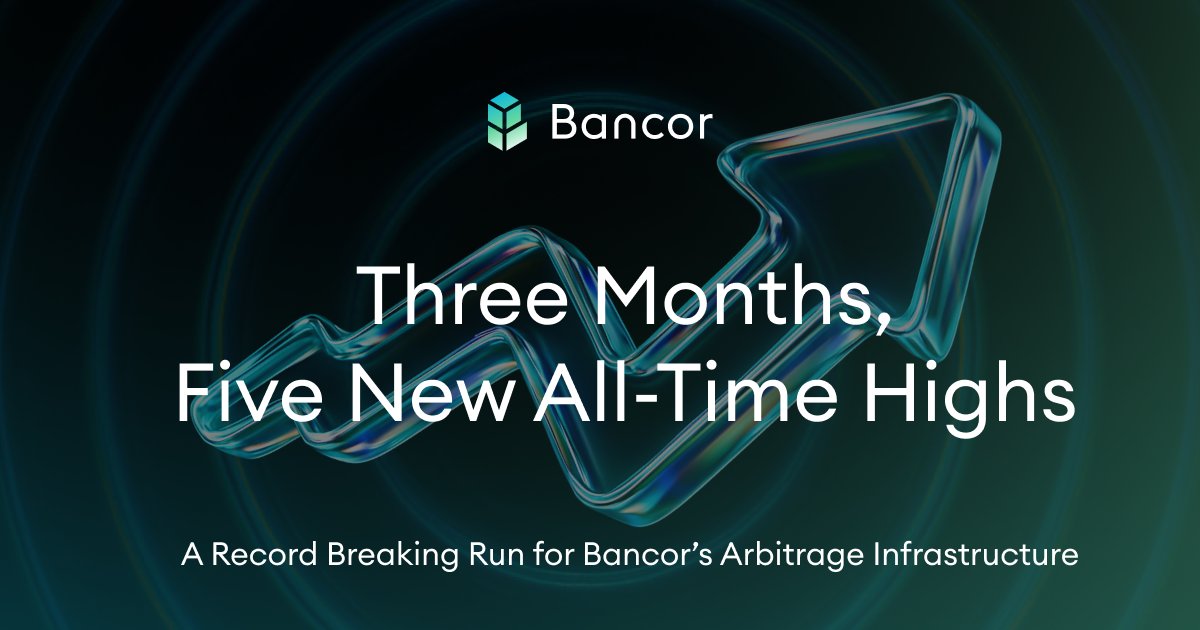
3.47万
50

Bancor
在巴尔干加密2025见 🇦🇱
@MBRichardson87 在地拉那讨论去中心化交易所基础设施、链上流动性和去中心化金融的下一个前沿。
以下是找到他的地方 🧵
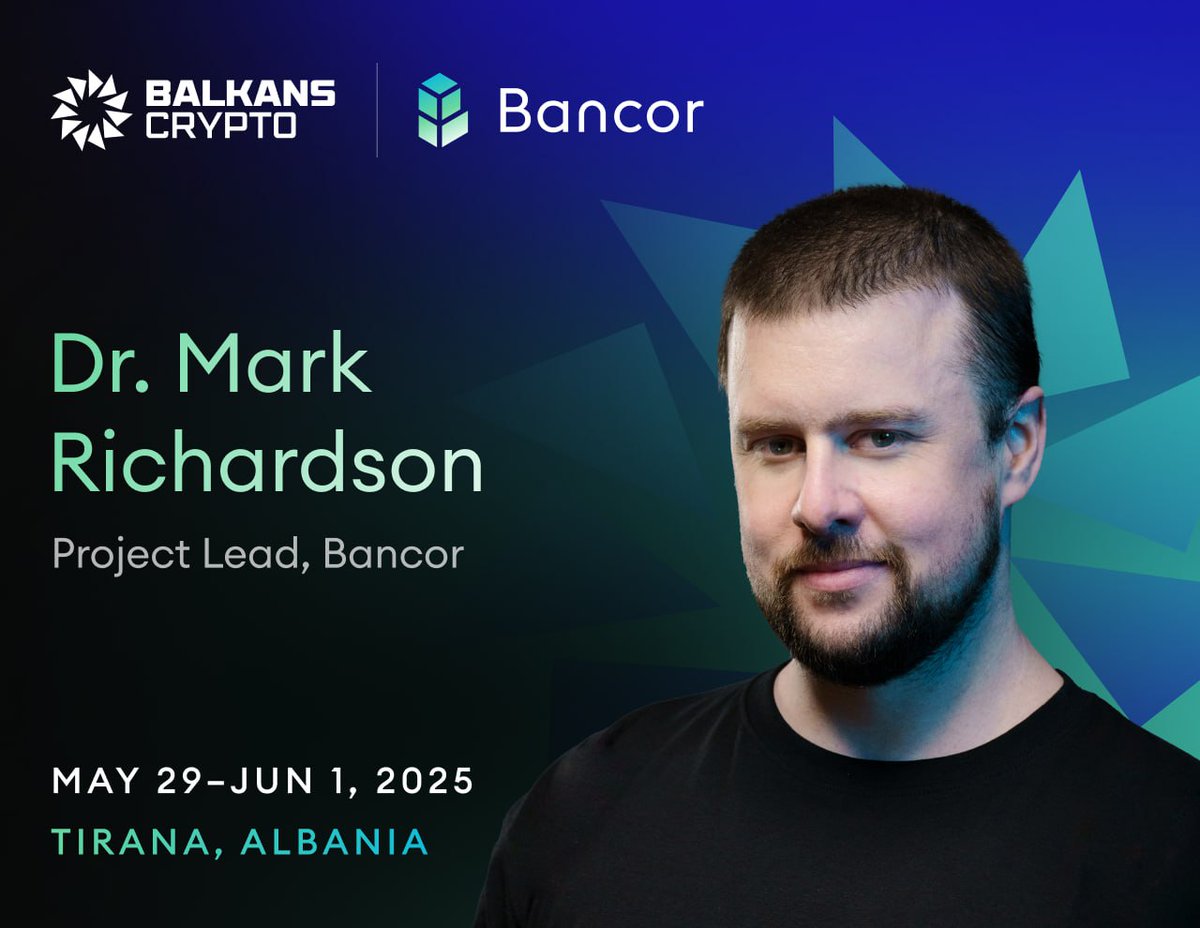

Balkans Crypto
我们很高兴欢迎 @MBRichardson87 ,@Bancor 的项目负责人,加入巴尔干地区加密2025舞台。
让我们一起欢迎 Dr. Mark Bentley Richardson——一位从研究科学家转型为DeFi创新者的项目负责人。他自2021年进入区块链领域以来,领导了Carbon DeFi的开发,这是一项尖端协议,能够在去中心化交易所中实现策略特定的流动性。拥有墨尔本大学的博士学位,Richardson博士将科学严谨性带入Web3,倡导创新、用户安全以及去中心化的核心原则。
推动DeFi的下一次进化——精准、强大且以用户为中心。
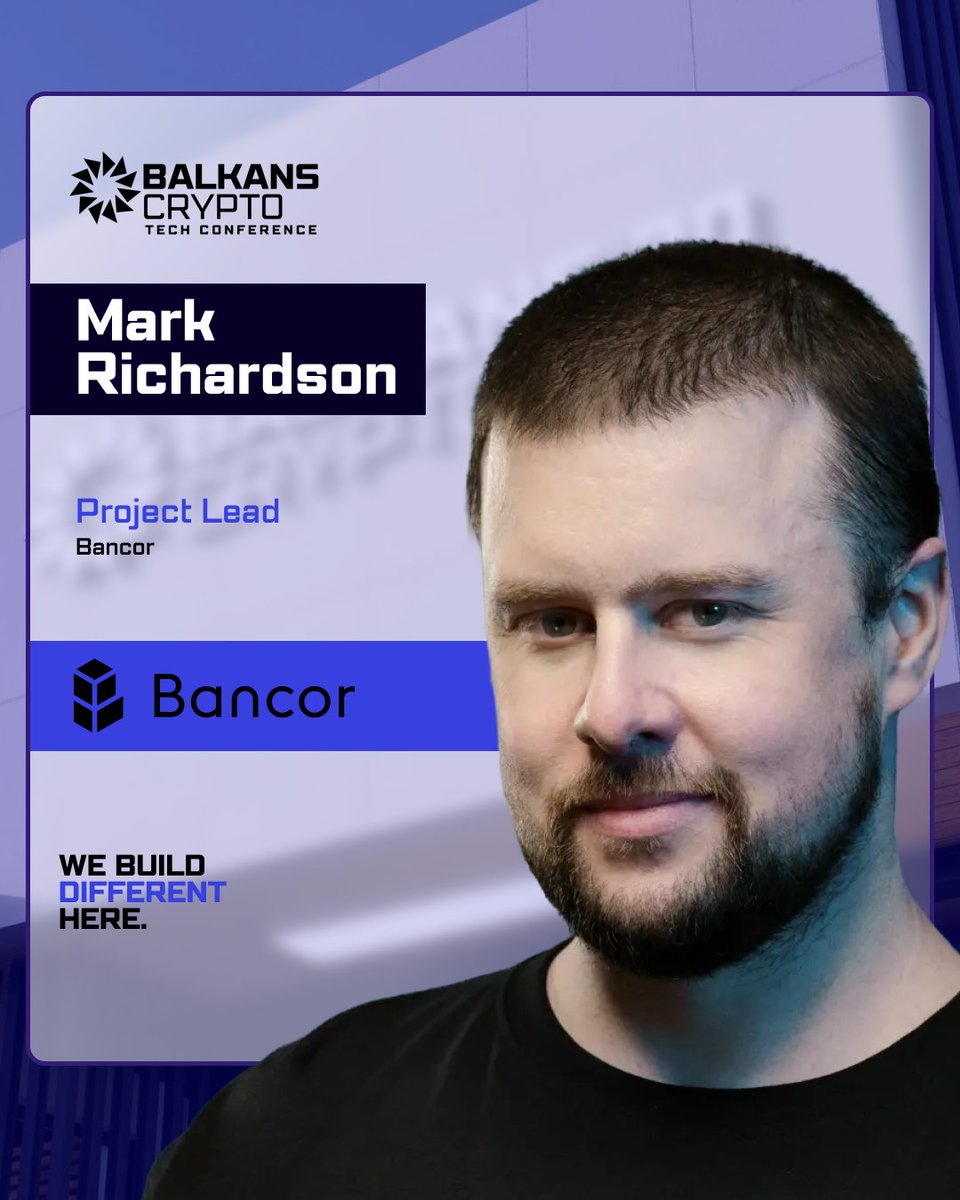
6.42万
18
BNT 计算器


Bancor 价格表现 (美元)
Bancor 当前价格为 $0.55210。Bancor 的价格在过去 24 小时内上涨了 +0.75%。目前,Bancor 市值排名为第 0 名,实时市值为 $6,319.65万,流通供应量为 114,362,168 BNT,最大供应量为 114,362,168 BNT。我们会实时更新 Bancor/USD 的价格。
今日
+$0.0041000
+0.74%
7 天
-$0.08120
-12.83%
30 天
-$0.13940
-20.16%
3 个月
+$0.12100
+28.06%
关于 Bancor (BNT)
此评级是欧易从不同来源收集的汇总评级,仅供一般参考。欧易不保证评级的质量或准确性。欧易无意提供 (i) 投资建议或推荐;(ii) 购买、出售或持有数字资产的要约或招揽;(iii) 财务、会计、法律或税务建议。包括稳定币和 NFT 的数字资产容易受到市场波动的影响,风险较高,波动较大,可能会贬值甚至变得一文不值。数字资产的价格和性能不受保证,且可能会发生变化,恕不另行通知。您的数字资产不受潜在损失保险的保障。 历史回报并不代表未来回报。欧易不保证任何回报、本金或利息的偿还。欧易不提供投资或资产建议。您应该根据自身的财务状况仔细考虑交易或持有数字资产是否适合您。具体情况请咨询您的专业法务、税务或投资人士。
展开更多
- 官网
- 白皮书
- Github
- 区块浏览器
关于第三方网站
关于第三方网站
通过使用第三方网站(“第三方网站”),您同意对第三方网站的任何使用均受第三方网站条款的约束和管辖。除非书面明确说明,否则 OKX 及其关联方(“OKX”)与第三方网站的所有者或运营商没有任何关联。您同意 OKX 对您使用第三方网站而产生的任何损失、损害和任何其他后果不承担任何责任。请注意,使用第三方网站可能会导致您的资产损失或贬值。
Bancor 常见问题
Bancor 今天值多少钱?
目前,一个 Bancor 价值是 $0.55210。如果您想要了解 Bancor 价格走势与行情洞察,那么这里就是您的最佳选择。在欧易探索最新的 Bancor 图表,进行专业交易。
数字货币是什么?
数字货币,例如 Bancor 是在称为区块链的公共分类账上运行的数字资产。了解有关欧易上提供的数字货币和代币及其不同属性的更多信息,其中包括实时价格和实时图表。
数字货币是什么时候开始的?
由于 2008 年金融危机,人们对去中心化金融的兴趣激增。比特币作为去中心化网络上的安全数字资产提供了一种新颖的解决方案。从那时起,许多其他代币 (例如 Bancor) 也诞生了。
Bancor 的价格今天会涨吗?
查看 Bancor 价格预测页面,预测未来价格,帮助您设定价格目标。
ESG 披露
ESG (环境、社会和治理) 法规针对数字资产,旨在应对其环境影响 (如高能耗挖矿)、提升透明度,并确保合规的治理实践。使数字代币行业与更广泛的可持续发展和社会目标保持一致。这些法规鼓励遵循相关标准,以降低风险并提高数字资产的可信度。
资产详情
名称
OKcoin Europe LTD
相关法人机构识别编码
54930069NLWEIGLHXU42
代币名称
Bancor
共识机制
Bancor is present on the following networks: Ethereum, Gnosis Chain, Solana.
The crypto-asset's Proof-of-Stake (PoS) consensus mechanism, introduced with The Merge in 2022, replaces mining with validator staking. Validators must stake at least 32 ETH every block a validator is randomly chosen to propose the next block. Once proposed the other validators verify the blocks integrity. The network operates on a slot and epoch system, where a new block is proposed every 12 seconds, and finalization occurs after two epochs (~12.8 minutes) using Casper-FFG. The Beacon Chain coordinates validators, while the fork-choice rule (LMD-GHOST) ensures the chain follows the heaviest accumulated validator votes. Validators earn rewards for proposing and verifying blocks, but face slashing for malicious behavior or inactivity. PoS aims to improve energy efficiency, security, and scalability, with future upgrades like Proto-Danksharding enhancing transaction efficiency.
Gnosis Chain – Consensus Mechanism Gnosis Chain employs a dual-layer structure to balance scalability and security, using Proof of Stake (PoS) for its core consensus and transaction finality. Core Components: Two-Layer Structure Layer 1: Gnosis Beacon Chain The Gnosis Beacon Chain operates on a Proof of Stake (PoS) mechanism, acting as the security and consensus backbone. Validators stake GNO tokens on the Beacon Chain and validate transactions, ensuring network security and finality. Layer 2: Gnosis xDai Chain Gnosis xDai Chain processes transactions and dApp interactions, providing high-speed, low-cost transactions. Layer 2 transaction data is finalized on the Gnosis Beacon Chain, creating an integrated framework where Layer 1 ensures security and finality, and Layer 2 enhances scalability. Validator Role and Staking Validators on the Gnosis Beacon Chain stake GNO tokens and participate in consensus by validating blocks. This setup ensures that validators have an economic interest in maintaining the security and integrity of both the Beacon Chain (Layer 1) and the xDai Chain (Layer 2). Cross-Layer Security Transactions on Layer 2 are ultimately finalized on Layer 1, providing security and finality to all activities on the Gnosis Chain. This architecture allows Gnosis Chain to combine the speed and cost efficiency of Layer 2 with the security guarantees of a PoS-secured Layer 1, making it suitable for both high-frequency applications and secure asset management.
Solana uses a unique combination of Proof of History (PoH) and Proof of Stake (PoS) to achieve high throughput, low latency, and robust security. Here’s a detailed explanation of how these mechanisms work: Core Concepts 1. Proof of History (PoH): Time-Stamped Transactions: PoH is a cryptographic technique that timestamps transactions, creating a historical record that proves that an event has occurred at a specific moment in time. Verifiable Delay Function: PoH uses a Verifiable Delay Function (VDF) to generate a unique hash that includes the transaction and the time it was processed. This sequence of hashes provides a verifiable order of events, enabling the network to efficiently agree on the sequence of transactions. 2. Proof of Stake (PoS): Validator Selection: Validators are chosen to produce new blocks based on the number of SOL tokens they have staked. The more tokens staked, the higher the chance of being selected to validate transactions and produce new blocks. Delegation: Token holders can delegate their SOL tokens to validators, earning rewards proportional to their stake while enhancing the network's security. Consensus Process 1. Transaction Validation: Transactions are broadcast to the network and collected by validators. Each transaction is validated to ensure it meets the network’s criteria, such as having correct signatures and sufficient funds. 2. PoH Sequence Generation: A validator generates a sequence of hashes using PoH, each containing a timestamp and the previous hash. This process creates a historical record of transactions, establishing a cryptographic clock for the network. 3. Block Production: The network uses PoS to select a leader validator based on their stake. The leader is responsible for bundling the validated transactions into a block. The leader validator uses the PoH sequence to order transactions within the block, ensuring that all transactions are processed in the correct order. 4. Consensus and Finalization: Other validators verify the block produced by the leader validator. They check the correctness of the PoH sequence and validate the transactions within the block. Once the block is verified, it is added to the blockchain. Validators sign off on the block, and it is considered finalized. Security and Economic Incentives 1. Incentives for Validators: Block Rewards: Validators earn rewards for producing and validating blocks. These rewards are distributed in SOL tokens and are proportional to the validator’s stake and performance. Transaction Fees: Validators also earn transaction fees from the transactions included in the blocks they produce. These fees provide an additional incentive for validators to process transactions efficiently. 2. Security: Staking: Validators must stake SOL tokens to participate in the consensus process. This staking acts as collateral, incentivizing validators to act honestly. If a validator behaves maliciously or fails to perform, they risk losing their staked tokens. Delegated Staking: Token holders can delegate their SOL tokens to validators, enhancing network security and decentralization. Delegators share in the rewards and are incentivized to choose reliable validators. 3. Economic Penalties: Slashing: Validators can be penalized for malicious behavior, such as double-signing or producing invalid blocks. This penalty, known as slashing, results in the loss of a portion of the staked tokens, discouraging dishonest actions.
奖励机制与相应费用
Bancor is present on the following networks: Ethereum, Gnosis Chain, Solana.
The crypto-asset's PoS system secures transactions through validator incentives and economic penalties. Validators stake at least 32 ETH and earn rewards for proposing blocks, attesting to valid ones, and participating in sync committees. Rewards are paid in newly issued ETH and transaction fees. Under EIP-1559, transaction fees consist of a base fee, which is burned to reduce supply, and an optional priority fee (tip) paid to validators. Validators face slashing if they act maliciously and incur penalties for inactivity. This system aims to increase security by aligning incentives while making the crypto-asset's fee structure more predictable and deflationary during high network activity.
The Gnosis Chain’s incentive and fee models encourage both validator participation and network accessibility, using a dual-token system to maintain low transaction costs and effective staking rewards. Incentive Mechanisms: Staking Rewards for Validators GNO Rewards: Validators earn staking rewards in GNO tokens for their participation in consensus and securing the network. Delegation Model: GNO holders who do not operate validator nodes can delegate their GNO tokens to validators, allowing them to share in staking rewards and encouraging broader participation in network security. Dual-Token Model GNO: Used for staking, governance, and validator rewards, GNO aligns long-term network security incentives with token holders’ economic interests. xDai: Serves as the primary transaction currency, providing stable and low-cost transactions. The use of a stable token (xDai) for fees minimizes volatility and offers predictable costs for users and developers. Applicable Fees: Transaction Fees in xDai Users pay transaction fees in xDai, the stable fee token, making costs affordable and predictable. This model is especially suited for high-frequency applications and dApps where low transaction fees are essential. xDai transaction fees are redistributed to validators as part of their compensation, aligning their rewards with network activity. Delegated Staking Rewards Through delegated staking, GNO holders can earn a share of staking rewards by delegating their tokens to active validators, promoting user participation in network security without requiring direct involvement in consensus operations.
Solana uses a combination of Proof of History (PoH) and Proof of Stake (PoS) to secure its network and validate transactions. Here’s a detailed explanation of the incentive mechanisms and applicable fees: Incentive Mechanisms 4. Validators: Staking Rewards: Validators are chosen based on the number of SOL tokens they have staked. They earn rewards for producing and validating blocks, which are distributed in SOL. The more tokens staked, the higher the chances of being selected to validate transactions and produce new blocks. Transaction Fees: Validators earn a portion of the transaction fees paid by users for the transactions they include in the blocks. This provides an additional financial incentive for validators to process transactions efficiently and maintain the network's integrity. 5. Delegators: Delegated Staking: Token holders who do not wish to run a validator node can delegate their SOL tokens to a validator. In return, delegators share in the rewards earned by the validators. This encourages widespread participation in securing the network and ensures decentralization. 6. Economic Security: Slashing: Validators can be penalized for malicious behavior, such as producing invalid blocks or being frequently offline. This penalty, known as slashing, involves the loss of a portion of their staked tokens. Slashing deters dishonest actions and ensures that validators act in the best interest of the network. Opportunity Cost: By staking SOL tokens, validators and delegators lock up their tokens, which could otherwise be used or sold. This opportunity cost incentivizes participants to act honestly to earn rewards and avoid penalties. Fees Applicable on the Solana Blockchain 7. Transaction Fees: Low and Predictable Fees: Solana is designed to handle a high throughput of transactions, which helps keep fees low and predictable. The average transaction fee on Solana is significantly lower compared to other blockchains like Ethereum. Fee Structure: Fees are paid in SOL and are used to compensate validators for the resources they expend to process transactions. This includes computational power and network bandwidth. 8. Rent Fees: State Storage: Solana charges rent fees for storing data on the blockchain. These fees are designed to discourage inefficient use of state storage and encourage developers to clean up unused state. Rent fees help maintain the efficiency and performance of the network. 9. Smart Contract Fees: Execution Costs: Similar to transaction fees, fees for deploying and interacting with smart contracts on Solana are based on the computational resources required. This ensures that users are charged proportionally for the resources they consume.
信息披露时间段的开始日期
2024-06-14
信息披露时间段的结束日期
2025-06-14
能源报告
能源消耗
433.32582 (kWh/a)
能源消耗来源与评估体系
The energy consumption of this asset is aggregated across multiple components:
To determine the energy consumption of a token, the energy consumption of the network(s) ethereum, gnosis_chain, solana is calculated first. For the energy consumption of the token, a fraction of the energy consumption of the network is attributed to the token, which is determined based on the activity of the crypto-asset within the network. When calculating the energy consumption, the Functionally Fungible Group Digital Token Identifier (FFG DTI) is used - if available - to determine all implementations of the asset in scope. The mappings are updated regularly, based on data of the Digital Token Identifier Foundation.
BNT 计算器




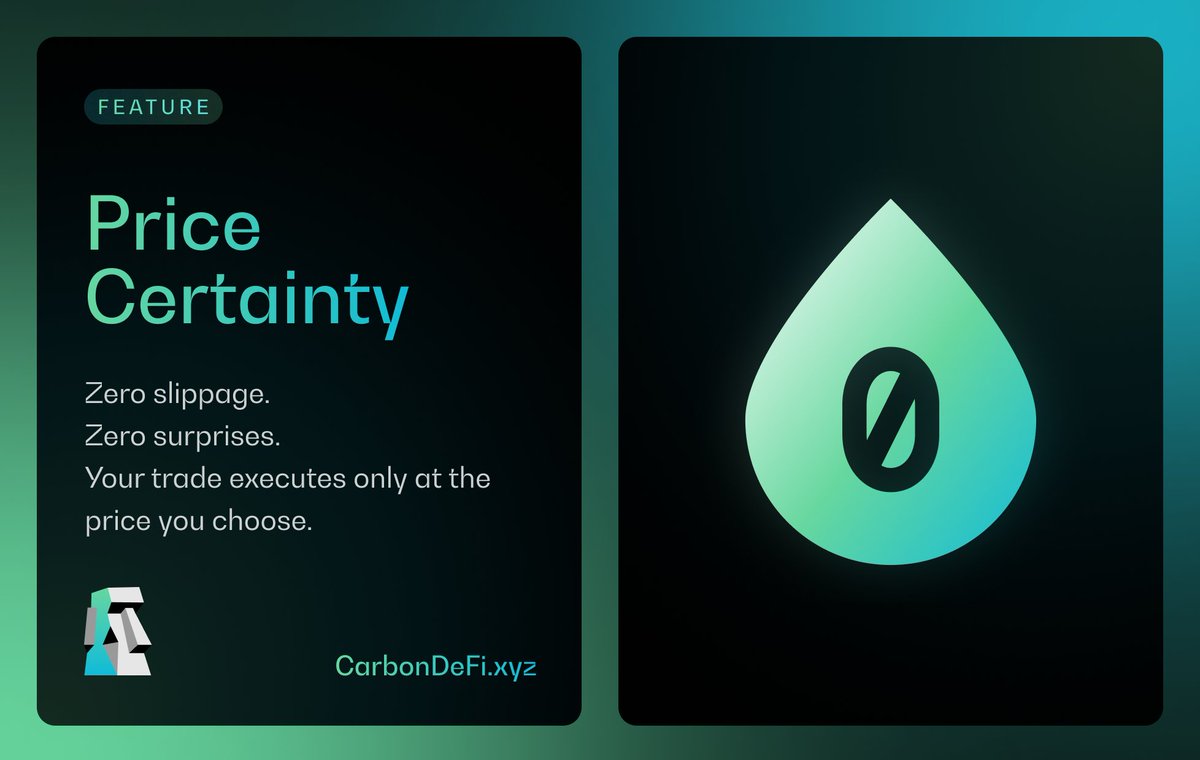















社媒平台热度